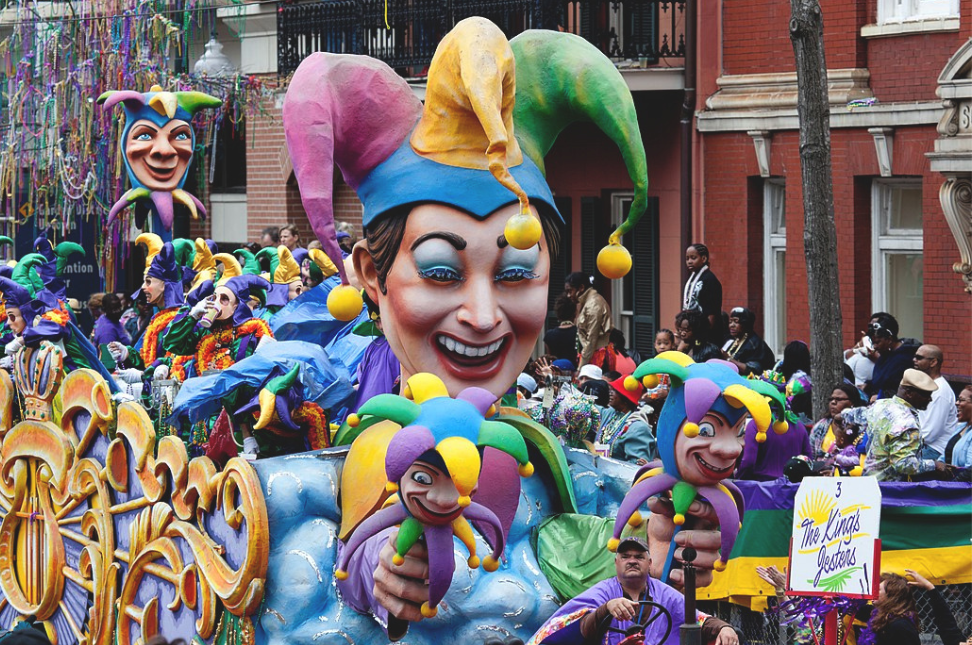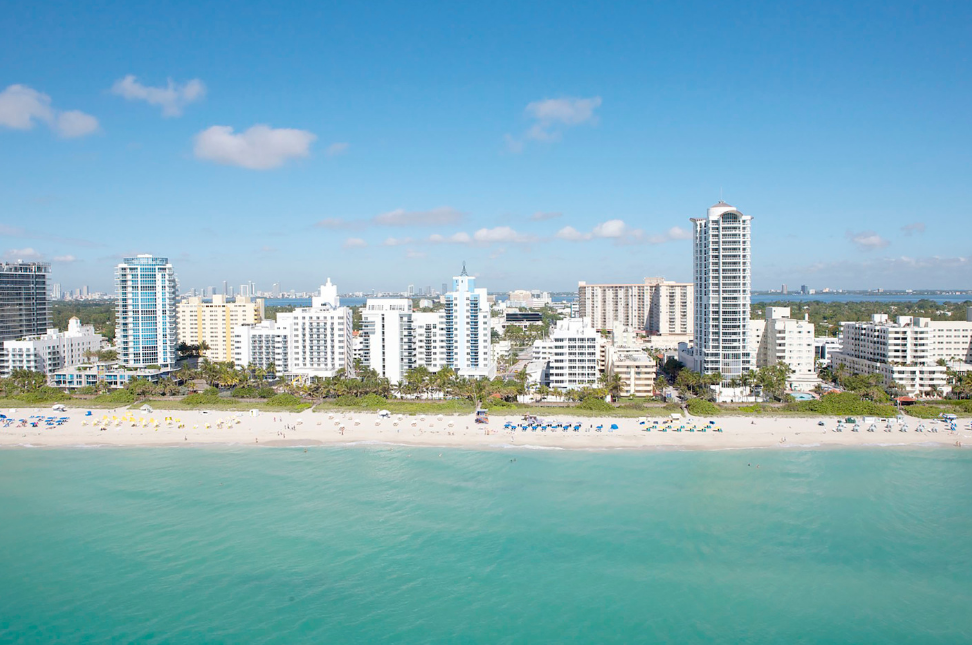Experiencing Mardi Gras in New Orleans is a must for anyone who loves vibrant celebrations, rich cultural traditions, and festive atmospheres. This annual event draws thousands of visitors from around the world, all eager to participate in the parades, parties, and unique customs that define this iconic celebration. Here’s a complete guide to help you make the most of your Mardi Gras in New Orleans adventure.
The History of Mardi Gras
Mardi Gras in New Orleans has deep historical roots. French settlers brought the tradition to Louisiana in the early 18th century. “Mardi Gras” translates to “Fat Tuesday,” a day of indulgence before the fasting period of Lent begins on Ash Wednesday. Over the centuries, Mardi Gras evolved into a grand cultural event, blending French, Spanish, and African influences.
When to Visit
The official Mardi Gras season starts on January 6th, known as Twelfth Night, and culminates on Fat Tuesday. The two weeks leading up to Fat Tuesday are the most eventful, featuring daily parades and parties. For the full experience, plan your visit during these final two weeks. This period is when Mardi Gras in New Orleans is at its peak, offering the most vibrant and unforgettable festivities.
Parades and Krewes
Parades are the heart and soul of Mardi Gras in New Orleans. Organized by krewes—social clubs that plan and fund the parades—these events showcase elaborate floats, costumes, and throws. Some notable krewes include:
- Krewe of Endymion: Known for its massive floats and celebrity grand marshals.
- Krewe of Bacchus: Famous for its larger-than-life floats and extravagant themes.
- Krewe of Zulu: Celebrated for its unique traditions and coveted coconut throws.
Check the parade schedule in advance to ensure you don’t miss your favorite krewes.
Costumes and Masks
Costumes and masks are integral to Mardi Gras in New Orleans. On Fat Tuesday, wearing a costume is almost mandatory. Many participants don intricate masks, vibrant costumes, and even full-body paint. Whether you decide to go all out or keep it simple, embracing the costume tradition adds to the festive spirit.
Best Viewing Spots
Finding the perfect spot to watch the parades is crucial. Here are some tips for the best viewing experience:
- St. Charles Avenue: Offers a family-friendly atmosphere and great views.
- Canal Street: One of the busiest and most popular spots for parade-watching.
- French Quarter: While not all parades pass through here, it’s the epicenter of Mardi Gras festivities.
Arrive early to secure a good spot, especially if you’re with a group.
Food and Drink
No guide to Mardi Gras in New Orleans would be complete without mentioning the food. New Orleans is famous for its cuisine, and Mardi Gras offers the perfect opportunity to indulge. Must-try foods include:
- King Cake: A festive pastry with a tiny baby hidden inside. Finding the baby means hosting the next party!
- Beignets: Delicious deep-fried pastries covered in powdered sugar.
- Jambalaya and Gumbo: Classic Louisiana dishes packed with flavor.
Don’t forget to try a Hurricane cocktail, a New Orleans specialty.
Safety Tips
While Mardi Gras in New Orleans is a fun and joyous event, it’s essential to stay safe. Here are some tips:
- Stay in Groups: Keep friends close, especially at night.
- Watch Your Belongings: Crowded areas can be hotspots for pickpocketing.
- Stay Hydrated: With all the partying and potential warm weather, staying hydrated is crucial.
Accommodations
Accommodations fill up quickly, so book well in advance. Consider staying in the French Quarter for proximity to the action or choose a quieter neighborhood like the Garden District for a more relaxed stay.
Family-Friendly Mardi Gras
Despite its party reputation, Mardi Gras in New Orleans can be family-friendly. Many parades, especially those along St. Charles Avenue, cater to families. There are also daytime events and activities suitable for children, such as the Krewe of Little Rascals parade.
Post-Mardi Gras
After Fat Tuesday, the city quickly transitions into the Lenten season. However, the spirit of Mardi Gras in New Orleans lingers. If you stay a few extra days, you can explore the city’s rich history, music scene, and unique neighborhoods without the crowds.
Conclusion
Experiencing Mardi Gras in New Orleans is an unforgettable adventure filled with color, music, and culture. From its historical roots to the lively parades and delicious food, every aspect of Mardi Gras offers something special. Whether you’re a first-time visitor or a seasoned attendee, this complete guide ensures you make the most of this extraordinary celebration.
Plan your trip, embrace the festivities, and enjoy the magic of Mardi Gras in New Orleans. This unique celebration promises memories that will last a lifetime.




